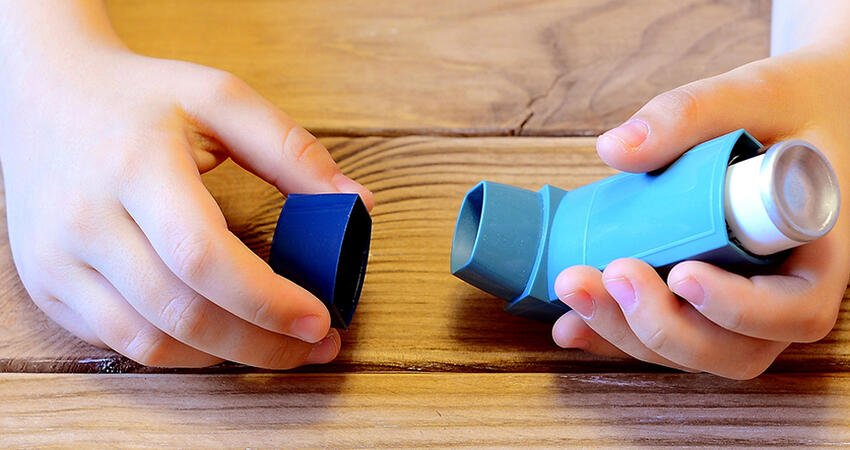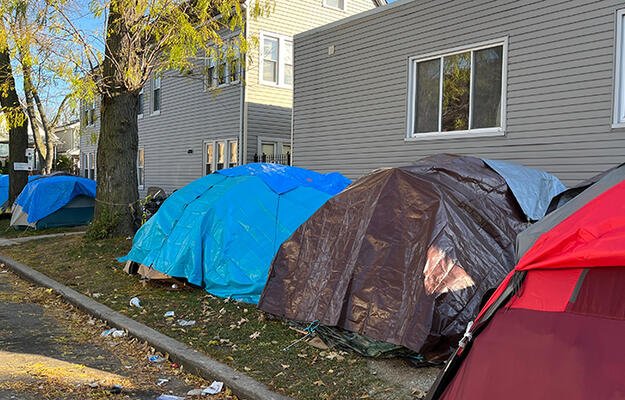
What's the Relationship Between Housing and Childhood Asthma?
- Title:
- What's the Relationship Between Housing and Childhood Asthma?
- Author:
-
Bhargavi Ganesh, Corianne Scally, Laura Skopec, Jun Zhu
- Source:
-
Urban Institute
- Publication Date:
-
2017
Increasingly, housing practitioners and health care providers are learning that their missions are aligned. Housing quality helps determine health outcomes, such as a person’s exposure to allergens and hazards that can induce asthma attacks. Children are especially likely to suffer from asthma. In 2014, approximately 6.2 million children from birth to age 17 suffered from asthma. A new Urban Institute study explores the relationship between housing and asthma among school-age children. Researchers conducted a descriptive analysis of the 2015 American Housing Survey, which is sponsored by the US Department of Housing and Urban Development, to look at the association between indoor asthma triggers and asthma prevalence among these children, as well as the relationship between asthma triggers and asthma-related emergency room (ER) and urgent care visits for kids with asthma. Then, the authors estimated regression models to explore the relationship between asthma prevalence and exposure to asthma triggers in the home. These triggers include exposure to smoke in the home at least monthly, exposure to musty smells in the home at least monthly, evidence of pests in the home at least monthly, exposure to mold in any room, and exposure to leaks. The findings suggest that current policies and programs may miss certain asthma triggers and that building and housing inspections may overlook some of these hazards. The authors suggest several practices that could help improve health outcomes, including smoking cessation programs or referrals for parents, as well as a potential ban on smoking in public housing (though its effects and the ability to enforce such a program are uncertain).
Key findings
- Households with school-age children with asthma were more likely to report exposure to each asthma trigger than households that did not report a child with asthma.
- Renter households with children are more likely to have asthma triggers in their homes than owners. They are also more likely to have at least one child with asthma.
- Smoking inside the home and mold in the bedroom were associated with more ER and urgent care visits among households with kids with asthma.
- Assisted renters have higher exposure to certain indoor asthma triggers than low-income renters not receiving government rental assistance, and they are more likely to have at least one child with asthma.


